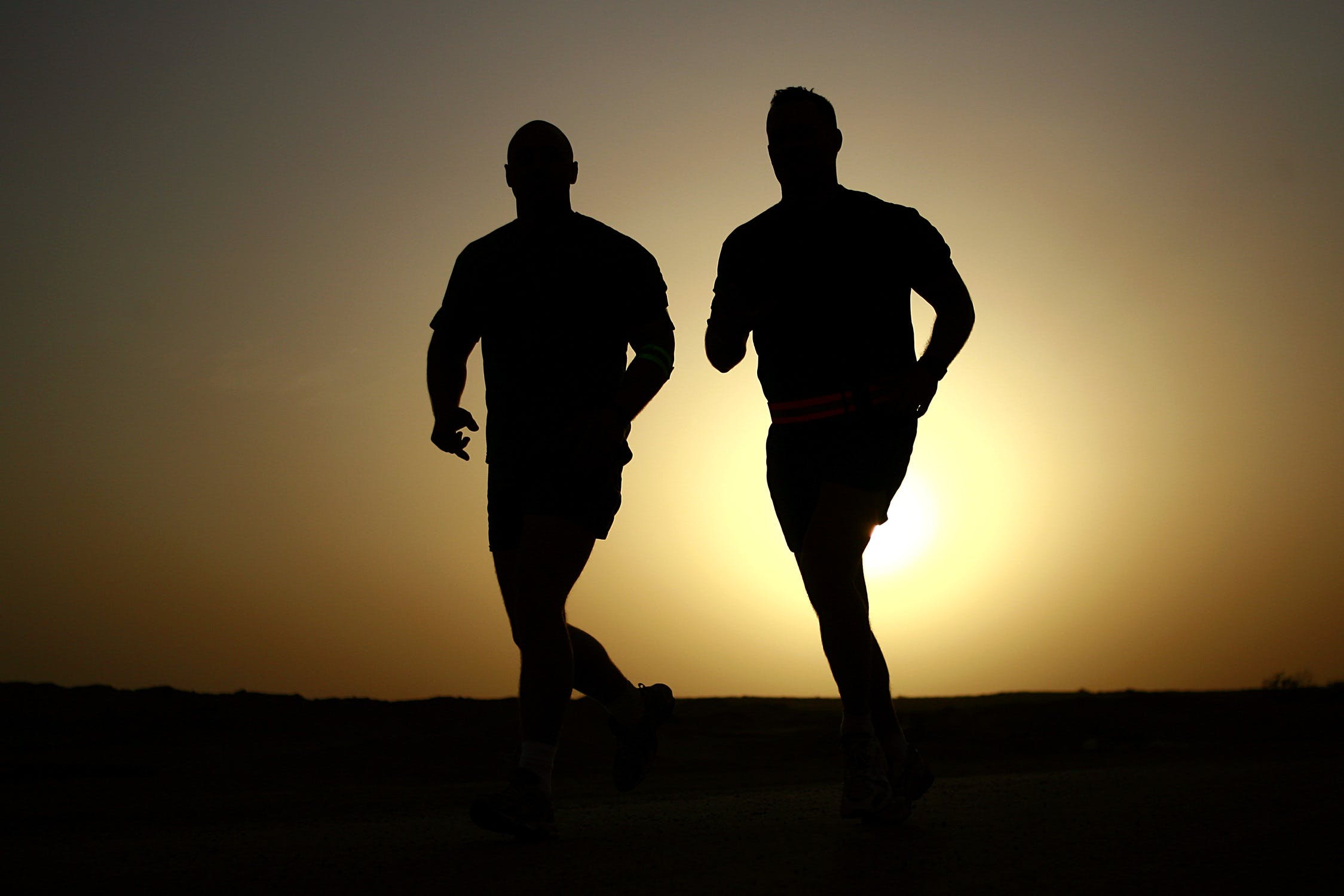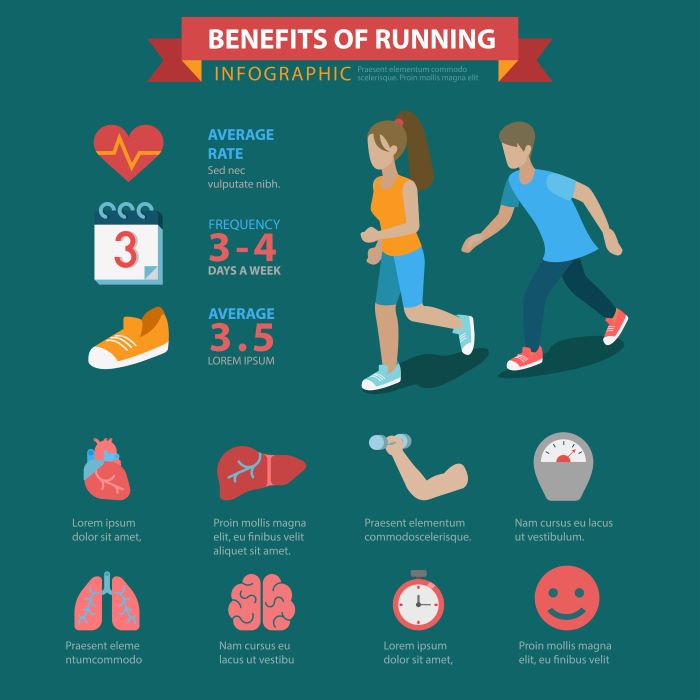After completing a long run, your body undergoes significant stress that requires careful attention for optimal recovery. Understanding the importance of recovery is crucial for any runner looking to improve performance and prevent injury. When you engage in prolonged physical activity, muscle fibers experience micro-tears, leading to soreness and fatigue. Recovery allows these fibers to heal and strengthen, ultimately enhancing your endurance and speed.
Effective recovery involves several processes, including:
- Replenishing Nutrients: After a long run, it’s essential to restore glycogen levels with a balanced meal rich in carbohydrates and protein.
- Hydration: Rehydrating post-run helps replace fluids lost through sweat, aiding in muscle repair and reducing the risk of cramps.
- Rest: Giving your body time to recover is just as important as the run itself. Adequate sleep and rest days are vital in allowing your muscles to recover fully.
Additionally, engaging in gentle activities such as walking or stretching can promote blood flow, further enhancing the recovery process. Embracing recovery as a vital part of your training regimen is key to achieving your fitness goals.
To dive deeper into effective recovery strategies and learn how to recover fast after a long run, visit our website to learn more and get started today! Click here.
Best Hydration Strategies for Quick Recovery

Staying hydrated is paramount for recovery after long runs, as it directly impacts your body’s ability to heal and restore itself. **Proper hydration strategies** can significantly enhance your recovery process, ensuring that your muscles and joints function optimally. Here are some effective hydration strategies to implement:
- Start Before You Run: Hydration should begin before your long run. Aim to drink water or an electrolyte-rich beverage 1-2 hours prior to your run to ensure optimal fluid levels.
- Rehydrate Immediately: After your run, prioritize rehydration. Consume fluids containing electrolytes, such as sports drinks or coconut water, to replenish lost minerals and maintain electrolyte balance.
- Monitor Fluid Loss: Pay attention to your body’s signals. A simple way to gauge hydration is by monitoring your urine color; pale yellow indicates adequate hydration, while darker shades suggest a need for more fluids.
- Incorporate Hydrating Foods: Include fruits and vegetables with high water content, such as watermelon, cucumbers, and oranges, in your post-run meals to aid hydration.
Moreover, consider using hydration packs or bottles during your runs, ensuring you maintain fluid intake throughout the duration of your activity. The goal is to **create a consistent hydration routine** that supports your recovery needs. By following these hydration strategies, you’ll enhance your recovery and readiness for your next running adventure.
Essential Nutrition Tips for Post-Run Recovery

Nutrition plays an integral role in the recovery process following a long run. Fueling your body with the right nutrients can help repair muscle damage, replenish energy stores, and reduce soreness. Here are some **essential nutrition tips** to enhance your post-run recovery:
- Consume Carbohydrates: After a long run, your glycogen stores are likely depleted. Aim to consume a meal or snack rich in carbohydrates within 30-60 minutes post-run. Foods like whole grain bread, rice, or fruit smoothies are excellent choices.
- Incorporate Protein: To aid muscle recovery, include protein in your post-run meal. Aim for a ratio of 3:1 carbohydrates to protein. Good sources include lean meats, dairy, eggs, or plant-based options like beans and lentils.
- Don’t Forget Healthy Fats: Incorporating healthy fats, such as avocados, nuts, or seeds, can provide additional energy and help reduce inflammation, promoting quicker recovery.
- Stay Balanced: Ensure your meals are well-rounded by including a variety of food groups. This balance will provide essential vitamins and minerals that support overall recovery and health.
Listening to your body is key. If you feel particularly fatigued, consider adjusting your intake to meet your energy needs. By implementing these nutrition tips, you will not only enhance your recovery but also set the stage for your next running challenge.
Effective Stretching Techniques to Aid Recovery

Stretching is a vital component of post-run recovery, as it helps to alleviate muscle tension, improve flexibility, and prevent injuries. Engaging in effective stretching techniques can significantly enhance your recovery process. Here are some recommended stretches to incorporate after your long run:
- Hamstring Stretch: Sit with one leg extended and the other bent. Reach towards your toes on the extended leg, holding for 20-30 seconds. This stretch targets the hamstrings, which often tighten during runs.
- Quadriceps Stretch: Stand on one foot and pull the opposite heel towards your glutes, keeping your knees together. Hold onto something for balance if needed. This stretch helps to release tension in the quads.
- Calf Stretch: Stand facing a wall, place one foot behind the other, and press the back heel down while leaning into the wall. Hold for 20-30 seconds on each side. This is essential for releasing tight calf muscles.
- Hip Flexor Stretch: Kneel on one knee and push your hips forward while keeping your back straight. Hold the stretch for 20-30 seconds on each side. This helps to release the hip flexors, which can become tight from running.
Remember to breathe deeply during each stretch, allowing your body to relax and release tension. Aim for a combination of static and dynamic stretches, focusing on the major muscle groups used while running. Incorporating these effective stretching techniques into your recovery routine will foster better flexibility and overall athletic performance.
Rest and Sleep: Keys to Fast Recovery

One of the often-overlooked aspects of recovery is the importance of rest and sleep. While active recovery methods such as stretching and nutrition play crucial roles, the body primarily heals and regenerates during periods of rest. Here’s how prioritizing rest and sleep can significantly enhance your recovery:
- Muscle Repair: During sleep, the body enters a state of repair. Growth hormone is released, stimulating muscle recovery and growth. This is particularly important after long runs, where muscle fibers undergo stress and micro-tears.
- Energy Restoration: Quality sleep replenishes glycogen stores that are depleted during endurance activities. By allowing adequate time for recovery, you ensure that your energy levels are restored for future workouts.
- Mental Recovery: Running isn’t just a physical challenge; it also requires mental endurance. Sufficient rest helps to improve focus, decision-making, and motivation, all of which are essential for effective training.
- Immune System Support: Consistent sleep patterns strengthen the immune system, reducing the risk of illness that can derail your training schedule. A strong immune system helps you stay healthy and active.
To optimize your recovery, aim for 7-9 hours of quality sleep per night. Establish a calming bedtime routine, limit screen time before sleep, and create a comfortable sleep environment. By prioritizing rest and sleep, you lay the groundwork for faster recovery and better performance in your running journey.
Incorporating Active Recovery into Your Routine
Incorporating active recovery into your routine is essential for maintaining optimal performance and enhancing your overall recovery process. Unlike complete rest, active recovery involves low-intensity exercises that promote blood flow, reduce muscle stiffness, and help you bounce back after long runs. Here are some effective strategies to integrate active recovery:
- Light Jogging or Walking: Engaging in a light jog or brisk walk post-run can help flush out lactic acid and prevent muscle soreness. Aim for 20-30 minutes at a comfortable pace.
- Stretching and Mobility Work: Incorporating dynamic stretching and mobility exercises can increase flexibility and alleviate tightness. Focus on major muscle groups used during your run.
- Cross-Training Activities: Activities like swimming, cycling, or yoga can provide a break from running while still keeping your body active. These low-impact workouts allow for recovery while maintaining cardiovascular fitness.
- Foam Rolling: Using a foam roller can target specific muscle groups, helping to relieve tension and improve circulation. Spend a few minutes rolling out sore spots to facilitate recovery.
By actively participating in recovery, you not only enhance your physical well-being but also foster a positive mindset towards your running journey. Remember to listen to your body and adjust your active recovery activities accordingly. For more tailored workout routines and tips on how to recover fast after long run, visit our website to learn more and get started today! Click here.


